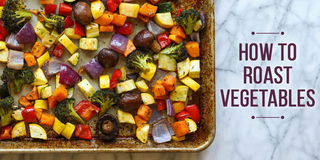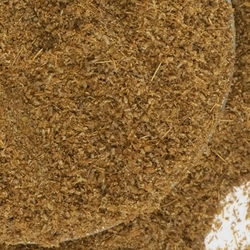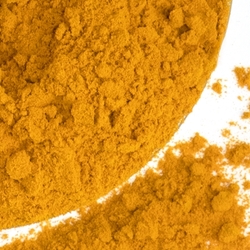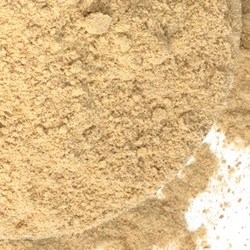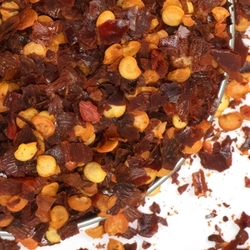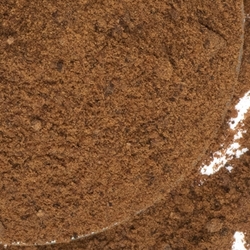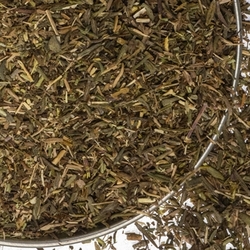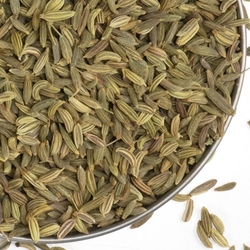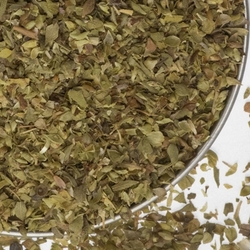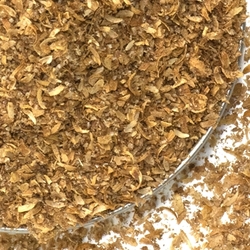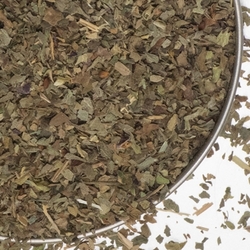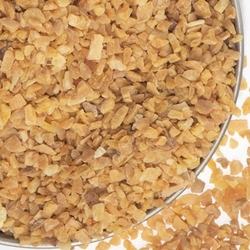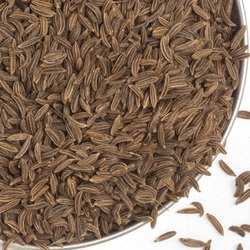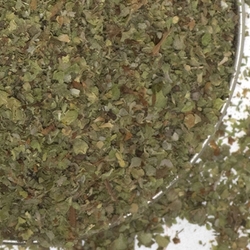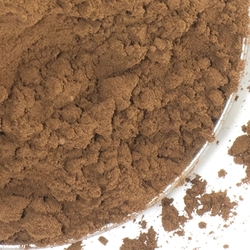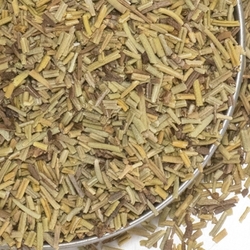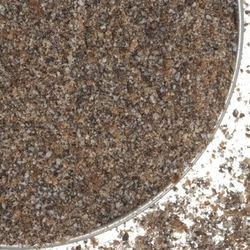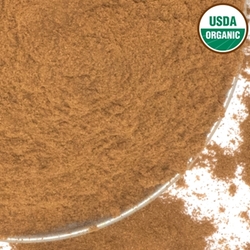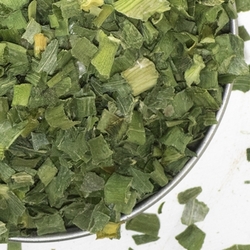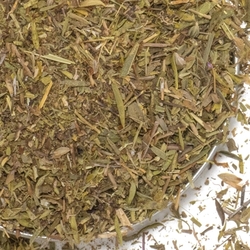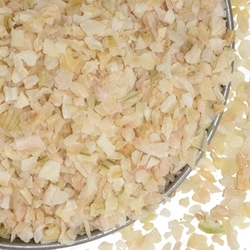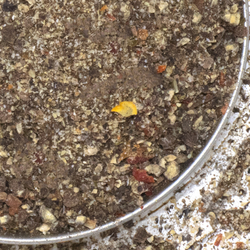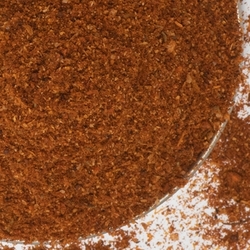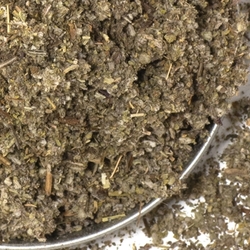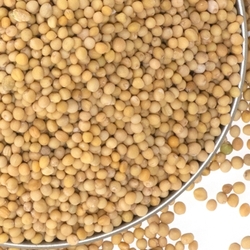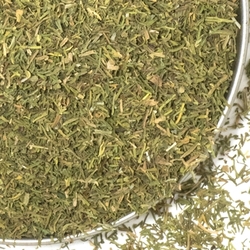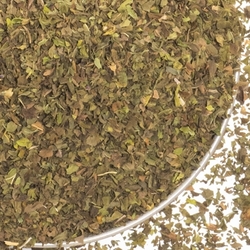How to Roast Vegetables
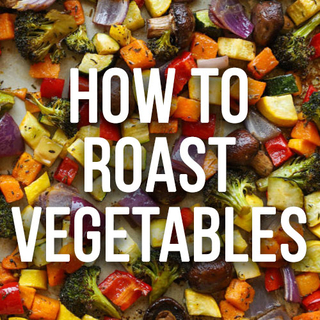
Grilling vegetables is great for the summer months, but the winter months call for a different kind of preparation called roasting. Roasted vegetables are a wonderful addition to any meal that requires rich hearty flavor without all those extra calories and unhealthy fats that an extra serving of meat would bring. These vegetables are an excellent addition to meals, both for their delicious flavor and their health benefits. They are rich in vitamins and minerals, and some have quite a bit of fiber, too. Carrots, garlic, and potatoes can even be used as fat substitutes in recipes for casseroles, cream soups, and creamy sauces.
Vegetables do the best when you roast them on high, in dry heat like you would find in your oven. Roasting vegetables concentrates their flavor as their natural sugars begin to caramelize, slowly transforming them into wonderfully flavorful side dishes. Including these vegetables in your meals is an easy way to get some of your daily recommended servings of vegetables. They can color your food with that deep flavor too, with hardly any real work needed from you.
You could sauté or steam them, and the result would be delicate or even overly sweet, though roasting is the best for a hearty, sweet flavor. You will achieve the browning, caramelizing, and even a touch of crisping or charring around the edges which appeals to multiple senses- sight, smell, taste, and even touch.
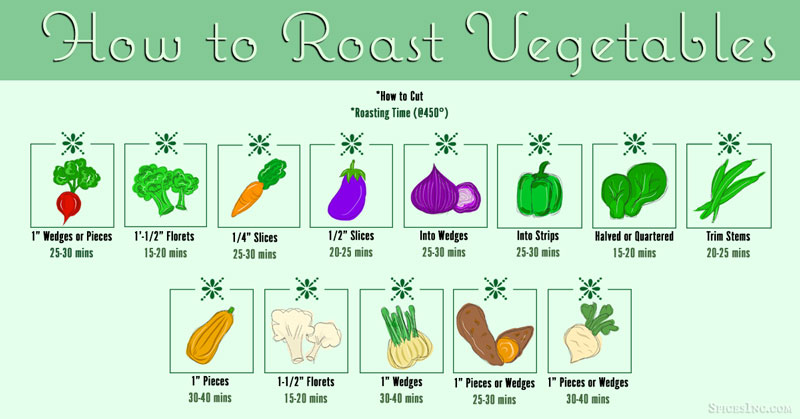
How to Roast Your Vegetables
The ideal roasting technique is ridiculously simple. All you need are your favorite cold weather vegetables, some good quality olive oil, the right seasoning and an oven. There are of course some tips that will morph your vegetables from good to excellent.
Pay attention to heat. High heat will cook your vegetables and the sugars in your vegetables will caramelize, which is the process of the sugars breaking down and turning brown, but you must understand surface area for the best vegetables. The more surface area you have touching the roasting pan, the more caramelizing and delightful flavor you will get. You will find that some vegetables roast faster than others, so if you are planning on roasting them all together, you should plan to roast them on a schedule, putting the fastest roasting vegetables in last. Most vegetables are fine to roast with others, but red beets do not play nice and tend to lose their juices all over the place, staining the rest of the vegetables red as well.
Be sure to spread your vegetables out so they don't overlap and understand that size does matter. The smaller the pieces, the more exposed surface area they will have. This also eliminates the problem of the underdone centers, as the smaller pieces can cook through more quickly. If you want bigger pieces, try cutting the vegetables into domino like shapes instead of cubes for the longer surface area and thinner flesh to cook. If you want the vegetables to be browner, cut them as small as you can without making them baby food appropriate and turn up the heat. If you like them tender, turn the heat down a little bit and cook them for longer. If you like the softer centers and the crispier outsides, cut the vegetables thicker and cook them on low for a longer period. Don't make the mistake of cooking them on too low a heat, because they won't caramelize. Make sure all your pieces are approximately the same size, since you don't want them to cook unevenly. Flipping the vegetables a few times while they roast will also help them cook evenly.
If you are curious about where the olive oil comes into play in all of this, we recommend that you use a tablespoon of top grade olive oil to coat every two pounds of vegetables you are going to cook. Smother the vegetables the best you can with that amount of olive oil, but don't over saturate because they will end up soggy.
Make sure that your vegetables are completely dry before you start the roasting process. If they are not fully dry, the olive oil will not coat them very well. The extra water will also make it harder for the sugars to caramelize, since the water will heat up before the sugars have a chance to break down and brown, making the vegetables soggy instead of roasted.
How Long Do I Roast My Vegetables?
| Vegetable | How to Cut | Roasting Time @ 450° | Seasoning |
|---|---|---|---|
| Beets | Cut into 1" long pieces or wedges | 25-30 minutes | Star Anise, Allspice, Basil, Dill, Ginger and Mint |
| Broccoli | Cut into 1-1/2" florets | 15-20 minutes | Crushed Red Pepper, Savory and Turmeric |
| Brussels Sprouts | Trim the stem, remove outer leaves, smaller ones halved and larger ones quartered | 15-20 minutes | Pennsylvania Pepper, Finishing Salt |
| Butternut Squash | Peeled, seeded and cut into 1" pieces | 30-40 minutes | Moroccan Vegetable Rub, Nutmeg, Cloves, Cinnamon and Ginger |
| Carrots | Peeled and cut into 1/4" slices | 25-30 minutes | Moroccan Vegetable Rub, Allspice, Star Anise, Caraway Seeds, Cinnamon, Cloves, Ginger, Mint |
| Cauliflower | Cut into 1-1/2" florets | 15-20 minutes | Chives, Coriander, Sage and Turmeric |
| Eggplant | Cut into 1/2" slices | 20-25 minutes | Basil, Cumin, Marjoram and Oregano |
| Fennel | Trim stalks and fronds, core the bulb and cut into 1" wedges | 30-40 minutes | Caraway Seeds, Fennel Seeds, Rosemary and Thyme |
| Green Beans | Stem ends trimmed | 20-25 minutes | Basil, Dill, Garlic, Onion and Savory |
| Onions | Peeled and cut into wedges | 25-30 minutes | Caraway Seeds, Mustard Seeds, Nutmeg, Oregano, Sage and Thyme |
| Sweet Bell Peppers | Core and cut into strips | 25-30 minutes | Basil, Oregano and Rosemary |
| Sweet Potatoes | Scrubbed and cut into 1" pieces or wedges | 25-30 minutes | Moroccan Vegetable Rub, Allspice, Cardamom, Cinnamon, Cloves and Nutmeg |
| Turnips | Peeled and cut into 1" pieces or wedges | 30-40 minutes | Chili Powder, Caraway Seeds, Cardamom, Coriander and Cumin |
The chart above highlights some of the best vegetables for roasting, and their cook times, but there are some general guidelines for how long to roast vegetables. These cook times depend on how small you cut the vegetable and their moisture content. Keep an eye on them while they cook.
- Root vegetables: 30-45 minutes. These are vegetables like beets, carrots, or potatoes.
- Winter Squashes: 20-60 minutes. Butternut squash is a good example of a winter squash.
- Cruicifers: 15-20 minutes. Broccoli and cauliflower are crucifers.
- Soft vegetables: 10-20 minutes. Bell peppers and summer squash fall under this category.
- Small vegetables: 10-15 minutes. Vegetables that may be considered small are those which are thin, like asparagus or string beans.
- Onions: 30-45 minutes. Just crisp these up to your own personal preference.
- Tomatoes: 15-20 minutes. This one is self-explanatory.
What Are the Best Vegetables For Roasting?
The best vegetables for roasting are probably root vegetables, though you can pretty much roast any vegetable and they will turn out deliciously. Some of the best vegetables for roasting are:
- Carrots- these are the best kind of roasted vegetable. They become a little sweeter in the oven, giving them an undeniable appeal that even children can't resist.
- Potatoes- because they are perfect. Potatoes are there for every occasion, from your first fast food date to your 21st birthday in the form of vodka. Roasted potatoes are so mouthwateringly delicious that they can be eaten alone or smothered with butter. They can be a side, a snack, or an entire meal if you so decide.
- Cauliflower- this gets roasted a lot because it's hard to imagine eating them any other way. Why would you want to? Sprinkle some parmesan on these and you have the perfect substitute for popcorn to eat while you watch a movie.
- Mushrooms- when roasted are an excellent, flavorful alternative to meat.
- Acorn Squash- a huge fan favorite, this squash is nearly divine when roasted. Roast it with the skin intact but remove the skin before consumption.
Roasted vegetables can be eaten alone as a nice, healthy snack or they can be paired with other things to complete a meal. If you are a big meat eater, substituting some or maybe even all your meat for roasted vegetables would be a good way to get healthier foods into you without compromising the savory flavors of the meat. Get your baking pan out and start roasting.

